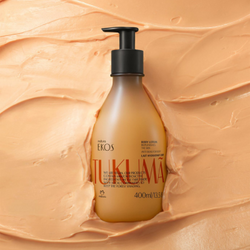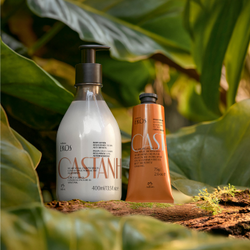Filters
13 products
No Products Found
Sorry, there are no products in this collection with those filters.

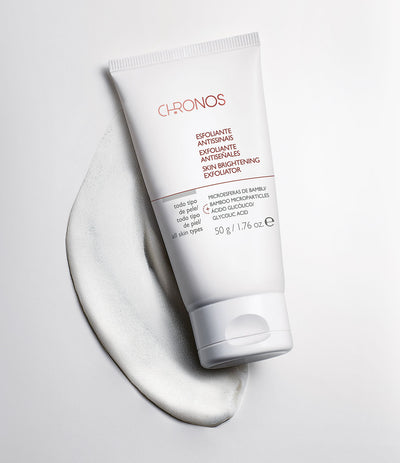





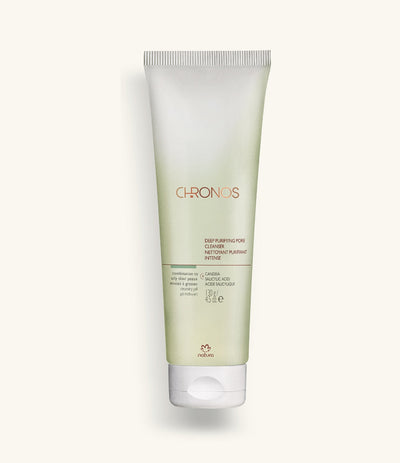
Chronos Deep Purifying Pore Cleanser
Reduces and controls oiliness immediately, lasting for up to 6 hours.

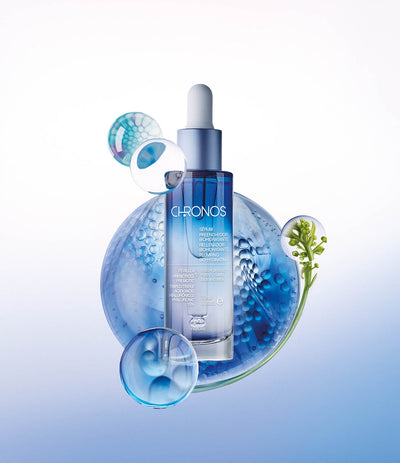
Chronos Aqua Plumping Bio-Hydrating Serum
Acqua serum formula that fills and hydrates all the skin layers with immediate, progressive, and lasting effect.

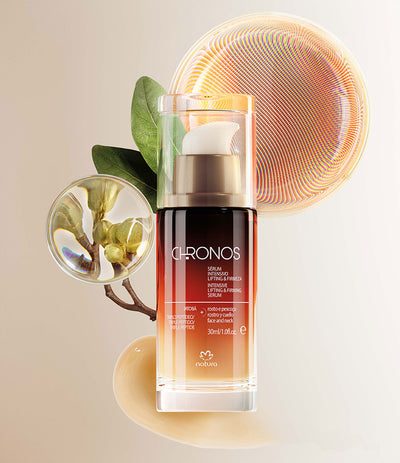
Chronos Intensive Lifting & Firming Serum
New formula boosts 3 types of collagen for your skin


Chronos Intensive Antioxidant Serum
Powerful action against free radicals. Prevents early signs of aging.


Chronos Puffiness and Dark Circles Intensive Serum
Smoothed under-eye bags and lightened dark circles in just 30 days


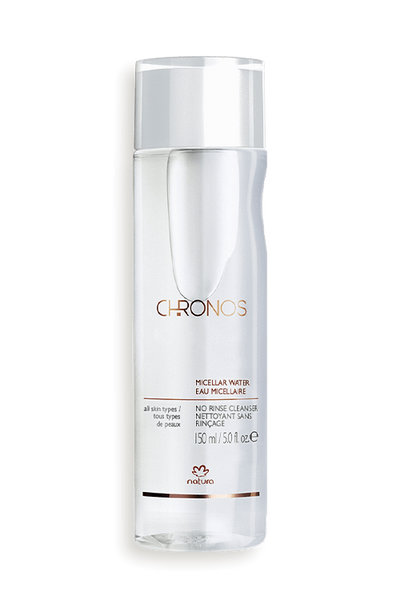



Chronos Super Serum Wrinkle Reducer
New formula boosts 3 types of collagen for your skin




Chronos Line Smoothing Eye Contour Balm
Velvety touch balm to reduce fine lines and wrinkles around the eyes

